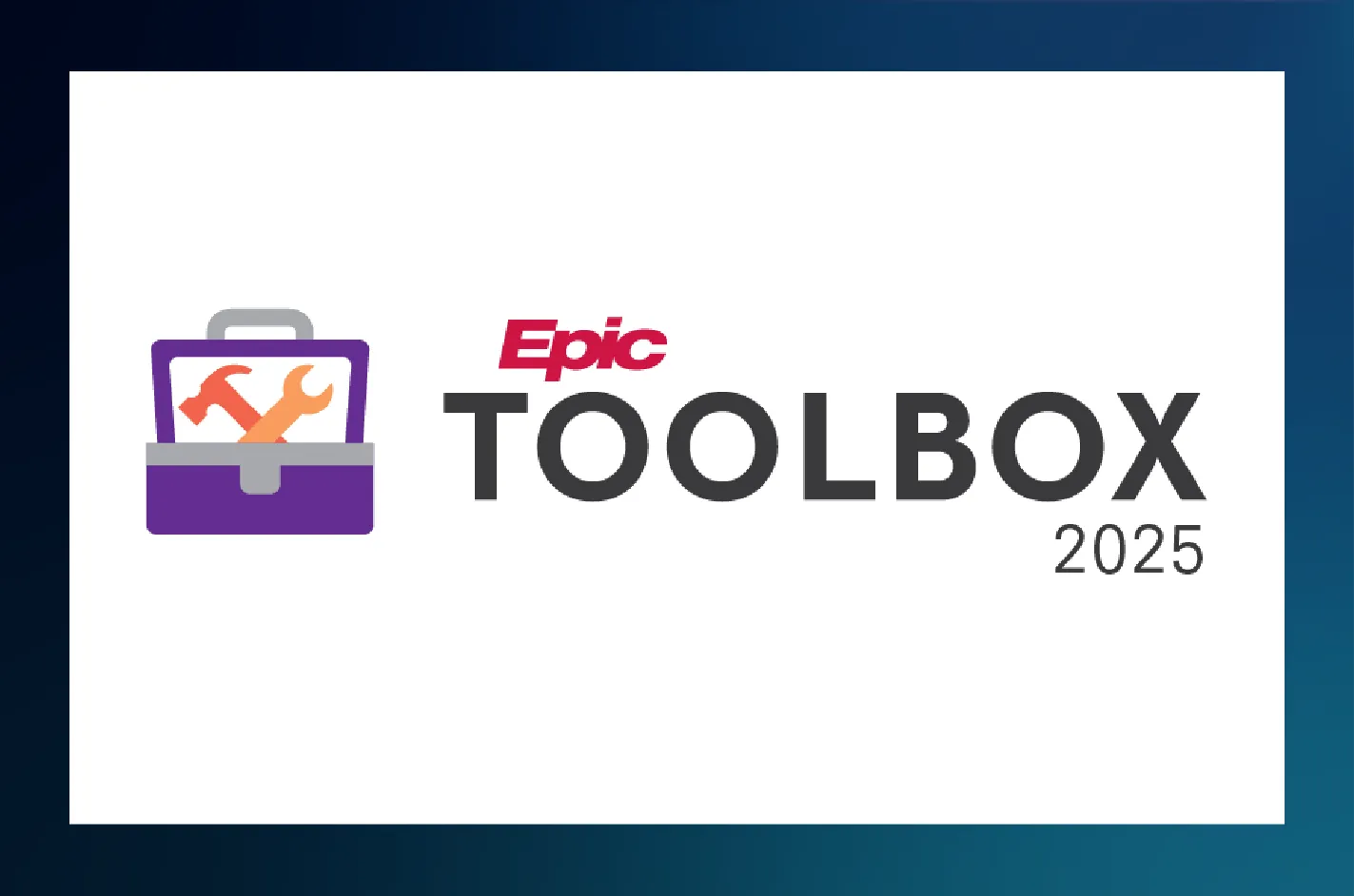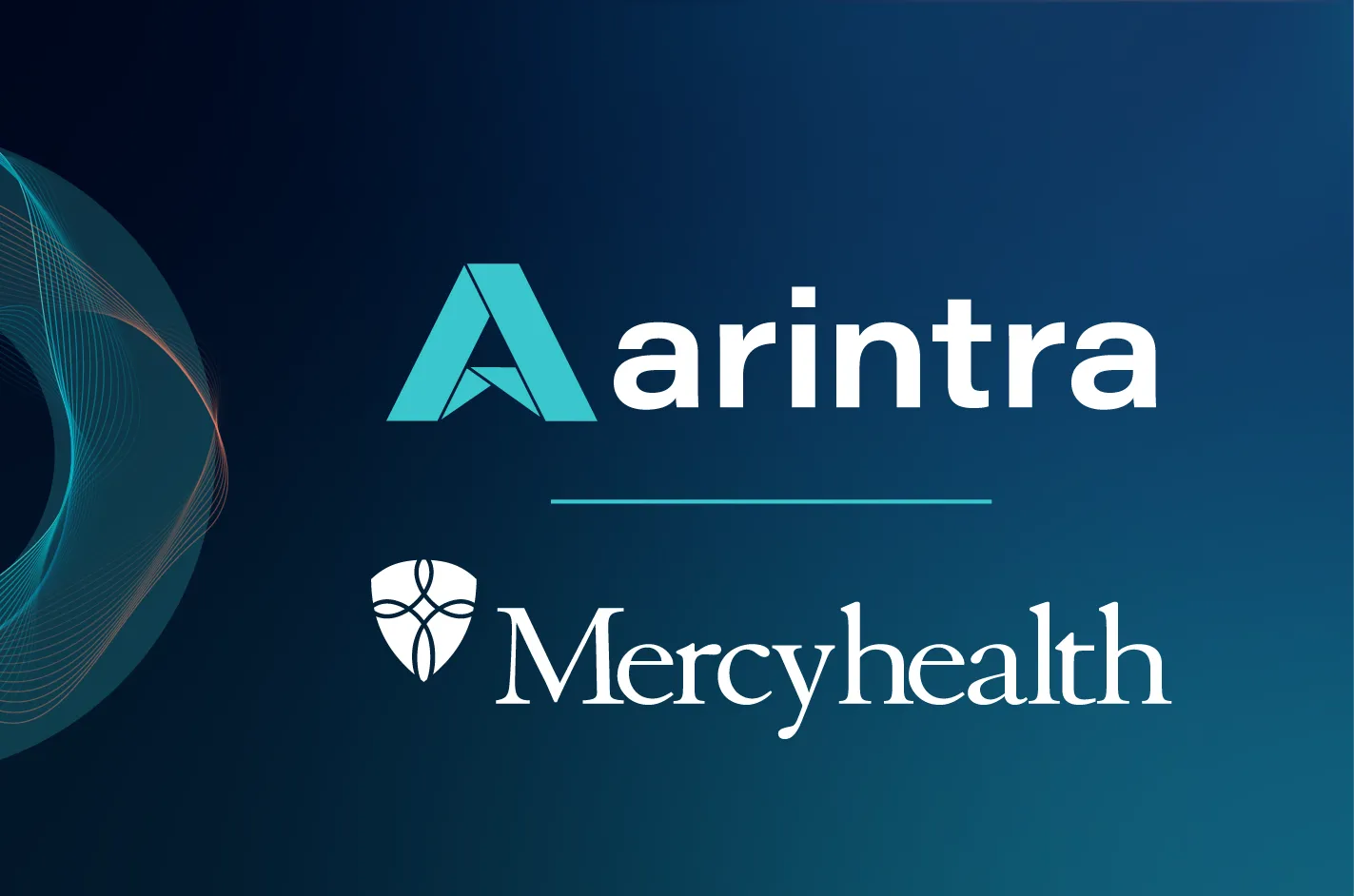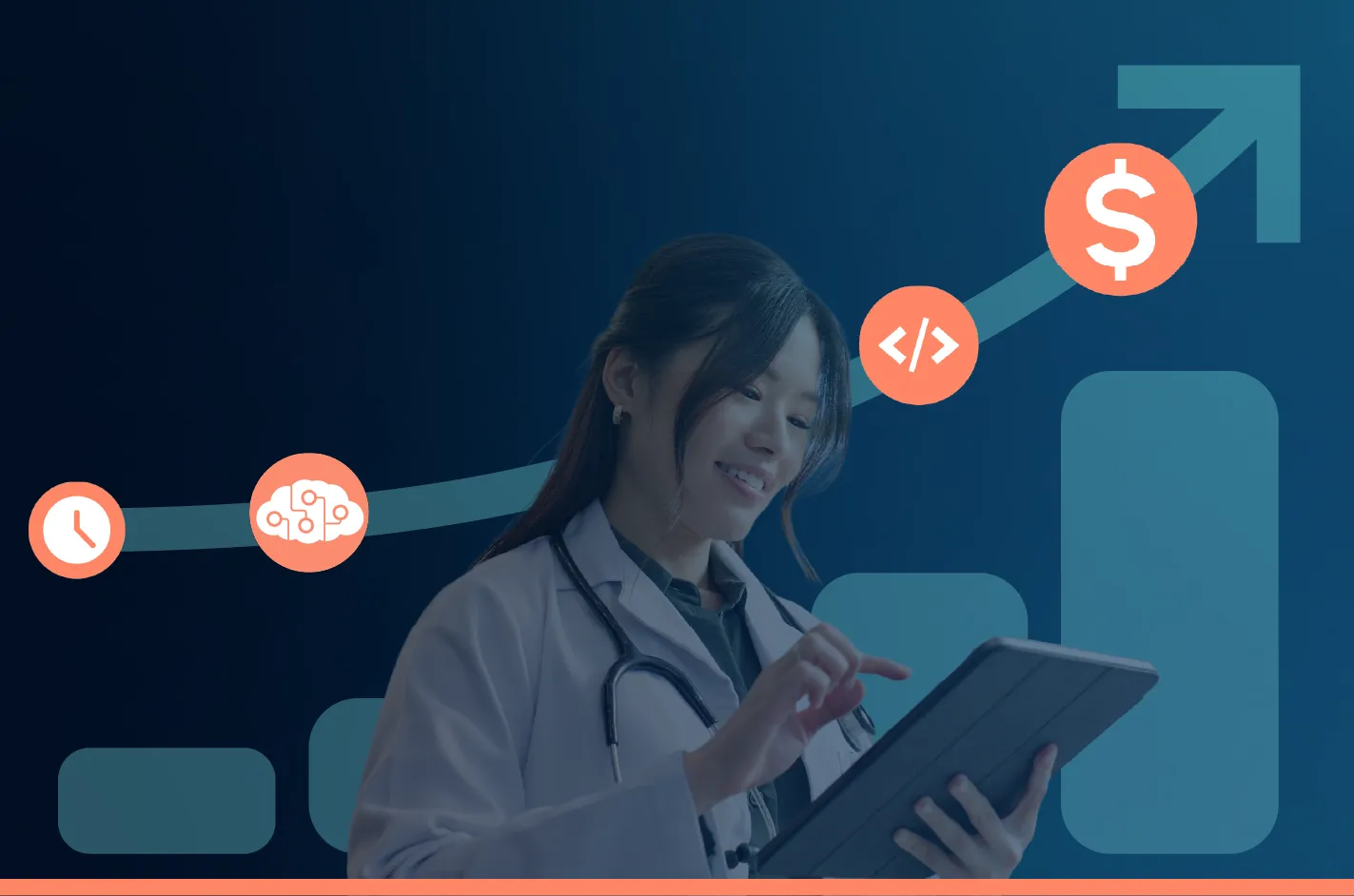The Future of Medical Coding Isn’t Assistance, It’s Autonomy


Sooner or later, healthcare touches everyone. That is both a promise and a challenge. Health systems are being squeezed from every direction due to slim margins, payer pressure, and a workforce shortage in one of the hardest roles to fill: medical coders.
This squeeze has forced health systems to rethink what was long considered back-office work. Once tucked away within billing departments, medical coding now sits at the center of revenue assurance. If the codes are wrong, claims get denied. If claims get denied, revenue vanishes. And if coders can’t keep up, the whole cycle grinds to a crawl.
The cracks are showing. Manual coding is slow. It’s error-prone. It doesn’t scale. Meanwhile, patient volumes continue to rise. The traditional model is breaking. The future of medical coding requires a different approach.
The Problems with Today’s Coding Systems
Human bottlenecks. Medical coders are a rare breed. Training can take hundreds, sometimes thousands, of hours. They’re also not interchangeable across specialties. An orthopedic coder can’t easily pivot to cardiology. Thirty-four percent of medical groups report that coding is the most challenging role to fill in the revenue cycle.
Financial risk. Inaccurate coding drives denial rates, which lengthen accounts receivable (A/R) days and strangle cash flow. KFF found that Healthcare.gov insurers denied 20% of all claims in 2023. The cost of fighting those denials adds up: nearly $20 billion a year across U.S. hospitals. Each denied claim costs an average of $45 to pursue, before accounting for clinical labor.
Provider burnout. This is where coding directly impacts patient care. Physician burnout reached 51% in 2024, driven primarily by administrative overload. They spend an average of 15 hours a week on after-hours admin work, “pajama time.” However, a shift is underway. Although still high, burnout dropped this year, with fewer physicians considering leaving medicine. What changed? AI tools are finally delivering on the promise to reduce administrative burden. Over two-thirds of physicians using AI in their practice report increased use for clinical documentation, citing the main potential benefits as reduced burden and improved workflows.
Traditional Tech has fallen short. Computer-assisted coding (CAC) was supposed to simplify medical coding, but it fell short. These tools can suggest codes, but they can’t interpret unstructured clinical notes. They’re also black boxes, offering no explanatory reasoning. Perhaps worst of all, they still require a human to review every suggestion and manually finalize the work. It’s still a time-consuming and resource-heavy way to code. Backlogs persist. Denials continue to pose a problem. What’s needed isn’t better assistance, it’s true autonomy.
Entering the New Era: Autonomous Medical Coding
Recent advances in medical coding AI, specifically generative AI (GenAI) and large language models (LLMs), have changed what’s possible. The new generation of autonomous coding solutions can now:
- Interpret both structured and unstructured text with high accuracy
- Complete coding end-to-end, not simply suggest the right codes
- Provide full explainability for coding decisions, along with clear audit trails
- Function within Epic and Athena, eliminating workflow changes and preserving data integrity
This is what the beginning stages of an AI-native revenue cycle look like: coding that’s proactive instead of reactive, intelligent instead of rules-based, and payer-aware before the claim goes out the door, not after it gets denied. Let’s explore this on a more granular level.
What the Future Looks Like
Coding happens in the background, and it’s accurate, complete, and continuous. There’s no backlog, no bottlenecks, and no overburdened coders. Medical coding automation delivers this reality through three fundamental changes: how coding gets done, how audits are handled, and how revenue is protected.
- Coding becomes autonomous, not simply automated. The system reads charts, assigns codes, and closes encounters without waiting for human review. It learns from every correction, every payer update, and every denied claim. The majority of charts flow straight through. Complex cases are automatically routed to coders, complete with specific guidance on what needs attention. Professional coders shift to more strategic initiatives such as revenue integrity, clinical documentation improvement, and complex case review. Their expertise gets deployed where it matters most.
- Audits become effortless. Every code is attached to a transparent decision trail. When a payer questions a claim, the audit response is already there with clear reasoning, cited documentation, and defensible logic. No scrambling. It’s ready to go. While medical coding audits used to consume valuable time, they now take minutes.
- Revenue assurance runs continuously. Instead of discovering problems after a claim is submitted, the system flags documentation gaps before the claim goes out. It predicts which codes will trigger denials based on payer history. It optimizes reimbursement in real time, matching the documented care to the highest supportable code. Revenue leakage doesn’t happen in the first place because the system catches it upstream.
This might sound like a vision of the future, but it’s not. The technology exists, it’s being used, and the results are measurable.
Case in Point: The Health Systems Leading the Future
Mercyhealth faced revenue recognition challenges that were eroding its financial foundation. Within five months of deploying Arintra’s autonomous coding solution, they achieved:
- 5.1% revenue uplift
- 50% reduction in A/R aging
Med First, a primary & urgent care physician group, also saw strong outcomes after partnering with Arintra, including:
- Over 6% revenue uplift
- Reduced compliance risk
- Improved clinical documentation
These results prove that autonomous coding offers a competitive advantage that’s available today. What comes next is even more compelling.
The Road Ahead
The future of medical coding is taking shape now, and the trajectory is clear: unified systems that handle coding, CDI, and denial prevention in one continuous loop. Essentially, full revenue assurance, end-to-end.
Health systems implementing autonomous coding are solving today’s problems and building an advantage for tomorrow. Mercyhealth and Med First aren’t waiting to see what everyone else does. They’re already counting the revenue.
The question has never been if coding would become autonomous. Technological advances made that inevitable. The only questions left now are: how long will you wait, and how much revenue will you leave on the table in the meantime?
See how Arintra is helping health systems build the future of coding today. Book a demo.









